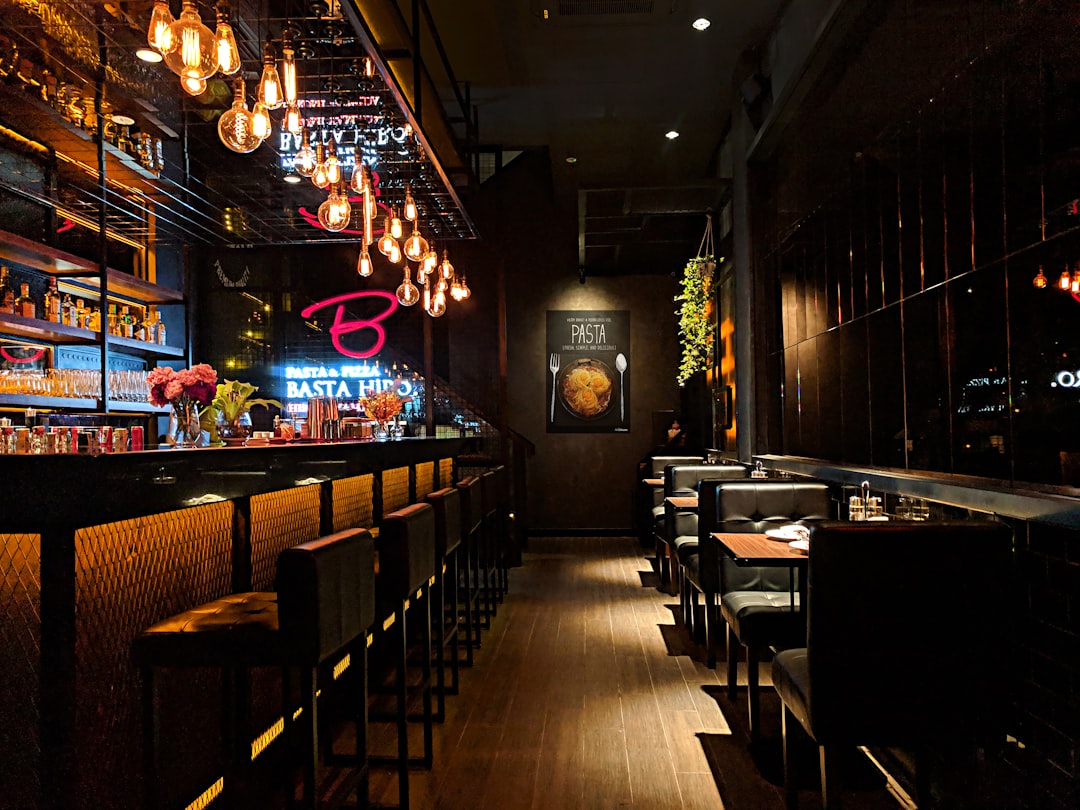One of the most challenging aspects of running a restaurant is managing the finances since it determines whether the business succeeds or fails. You might sometimes feel as though you are juggling as you take care of the financial aspects of your restaurant, such as creating cash flow projections and applying for loans.
In terms of making your business successful, restaurant accounting should be one of your top priorities. However, it is frequently ignored due to the complexity of interpreting the numbers. It is, therefore, crucial to understand Restaurant Accounting so as to run a successful business.
What is Restaurant Accounting
The process of financial data recording, analyzing, and interpreting in a restaurant is called restaurant accounting.
An accountant for a restaurant typically performs the following duties:
Maintaining the general ledger – the central accounting document
Ensuring that transactions are categorized and coded accurately, especially when it comes to cost
Examining ledger entries and journals
Invoices and payments to vendors (accounts payable)
Reconciliation of bank statements
Make financial statements, such as a balance sheet, cash flow statement, and income statement, to determine your financial health
Tracking performance against goals while establishing budgets, benchmarking CGS ratios, and tracking prime costs
Providing tax advice and assistance and preparing tax returns
Advice and insights on financial matters
Auditing
Your restaurant’s financial health is also managed and measured according to accounting. It provides detailed profit and loss statements and all types of financial data that you can use to track your business’ performance.
Terminology Used in Restaurant Accounting
Restaurant accounting requires an understanding of some specific terminologies. Not only will these terms clarify the accounting process, but you will also be able to understand the procedures involved. This will help you become more responsible and more successful as a restaurant operator.
Cost of Goods Sold (COGS)
The cost of all ingredients and items on your menu are included in this (Beginning Inventory + Purchased Inventory – Ending Inventory). Restaurant labor is excluded from this amount. In order to run a profitable restaurant business, restaurant owners and managers must understand COGs. For example, these costs could be tracked on an item-by-item basis to find out how much is spent on every recipe. As well, ensure that the chefs prepare each dish according to the measurements that were agreed to.
Chart Of Accounts
Accounting is the process of categorizing the money entering and leaving your business by using charts of accounts. Assets, liabilities, revenue, expenses, and equity are all included in the Chart of Accounts. Typically, you would find things such as marketing, restaurant supplies, and sales in the Chart of Accounts for a restaurant.
Restaurant Labor Cost
Restaurant labor costs represent the cost of labor operating the restaurant. It is an extremely significant amount because it represents a high percentage of restaurant expenses.
The labor costs of your restaurant include the wages of your hosts, servers, bussers, and other employees. Taxes and benefits are also included. The cost of goods sold is not included. Consider these two factors when calculating the labor cost for your restaurant.
For employees who work more than 40 hours per week, overtime rates must be paid for each hour worked above 40 hours.
Additionally, tips received by your staff can affect your statutory minimum wage.
Inventory Management
The items in your inventory are all the ingredients and supplies you need to prepare meals and serve them to customers. Inventory managers calculate how much inventory is required per shift, including consuming the remaining inventory before it spoils and ordering new inventory when necessary.
Check out our blog to see more articles related to small businesses, including restaurants!
